Toppai-shaped helmets are rarer in the production of the Saotome workshops. Quality steel with perfect adjustments always remarkable in their production. Beautiful finishes with a bonji (Sanskrit writing) representing the Buddhist deity Fudo-myo applied to the frontal lamella, brass ken which descend on the lamellas of the bomb. So this series of rivets (zabochi) around the base and its small iron tehen at the top calls for a discreet but very present luxury and a great martiality very prized on this type of pieces.
A mask (menpo) in natural iron of the ryubu type Iwai Workshop Mask with a sober appearance, and a beautiful presence An okegawa byotoji do type cuirass in natural iron. Constructed with blades riveted together horizontally. byotoji for the rivets deliberately visible on the surface of the cuirass. Here also, beautiful steel and careful finish. A rare detail, this small gate on the right side which allows on the one hand access to the inside of the breastplate, and also as it was sometimes customary to slip inside a brocade or felt pouch that is often found on medieval armor called (hanagami bukuro) Attached to this breastplate, are the gyoyo which protect the strap cords on the front. They lack the kamon The thigh protection (kusazuri) is the usual number of 7 rows. You will notice the small inome (boar's eye) on the last blades of each row, symbol of strength and courage. To complete this do, a pair of shoulder protection (sode). Here, they are O sode (large shoulder pads) these dimensions refer to the medieval armor which had to protect against arrows. Sangu (3 pieces): Sleeve under skirt and shin guards form a set in a suite Sleeves (kote) in sabi nuri lacquered iron (imitation of rusty iron) Under skirt (aidate) in lacquered leather plate Shin guard (suneate) in sabi nuri lacquered iron This armor is accompanied by its transport case


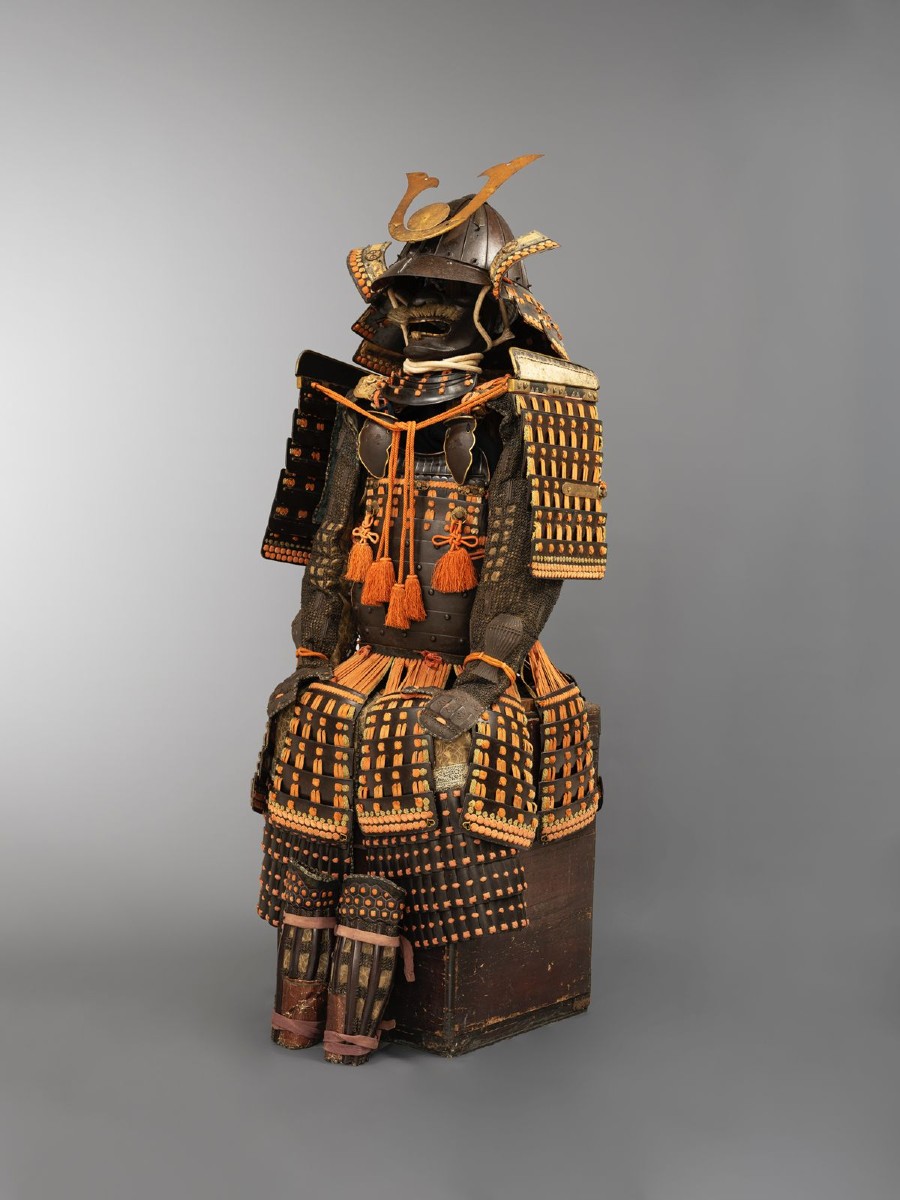
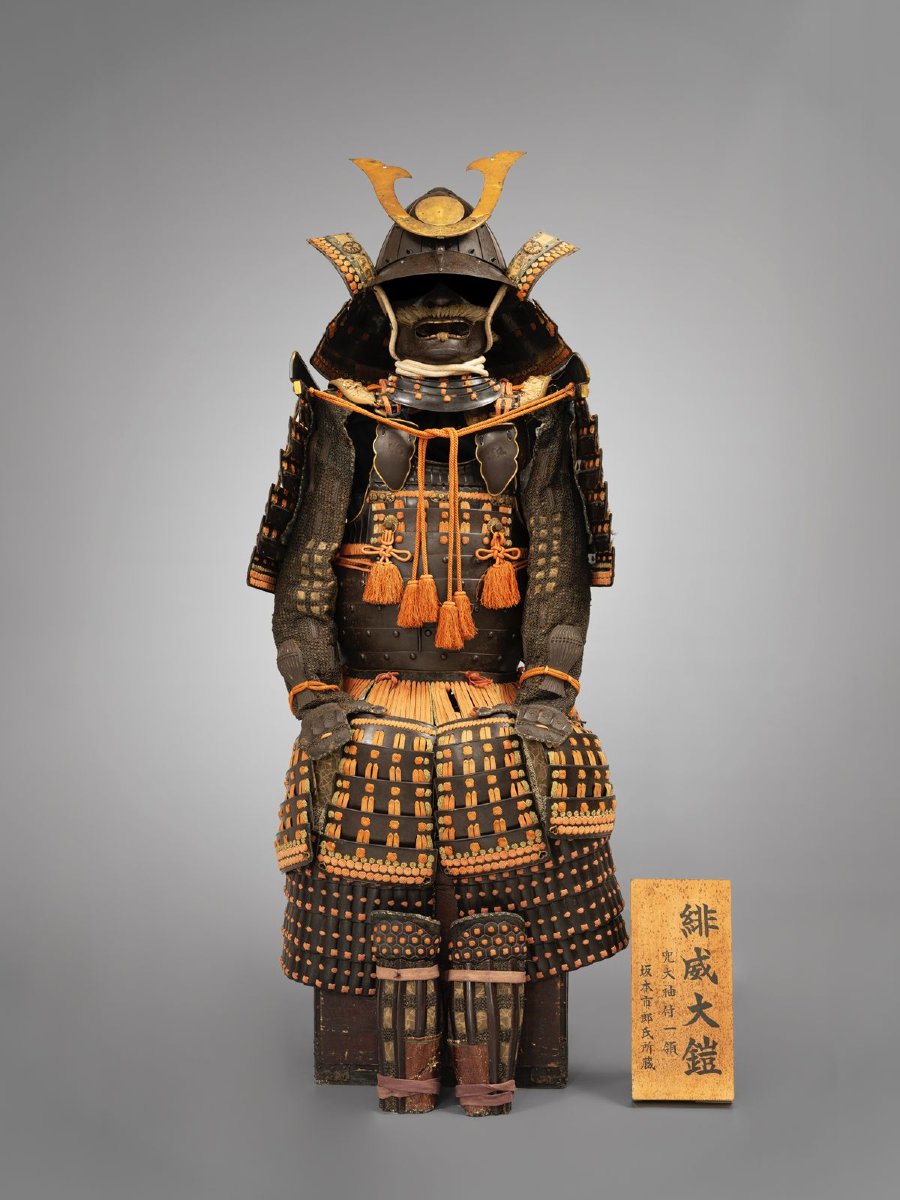
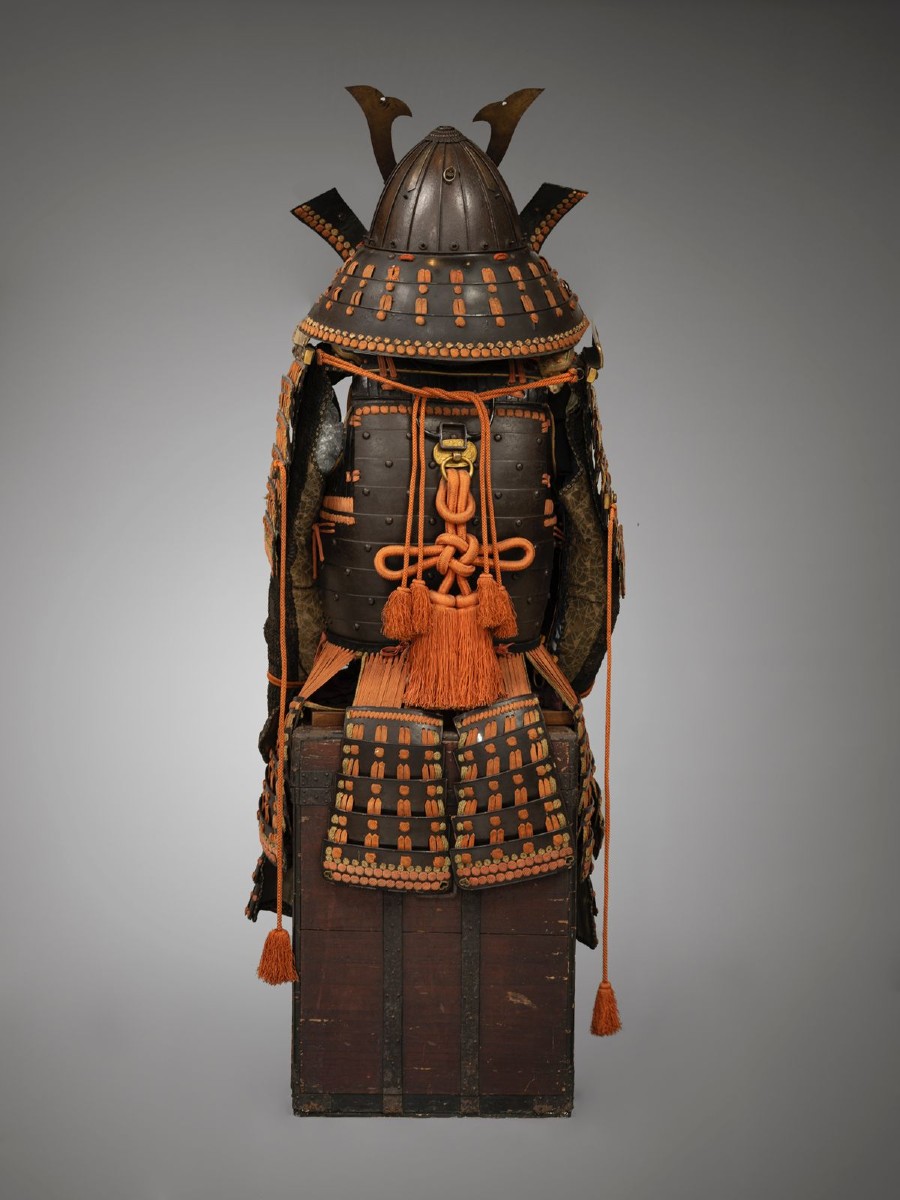
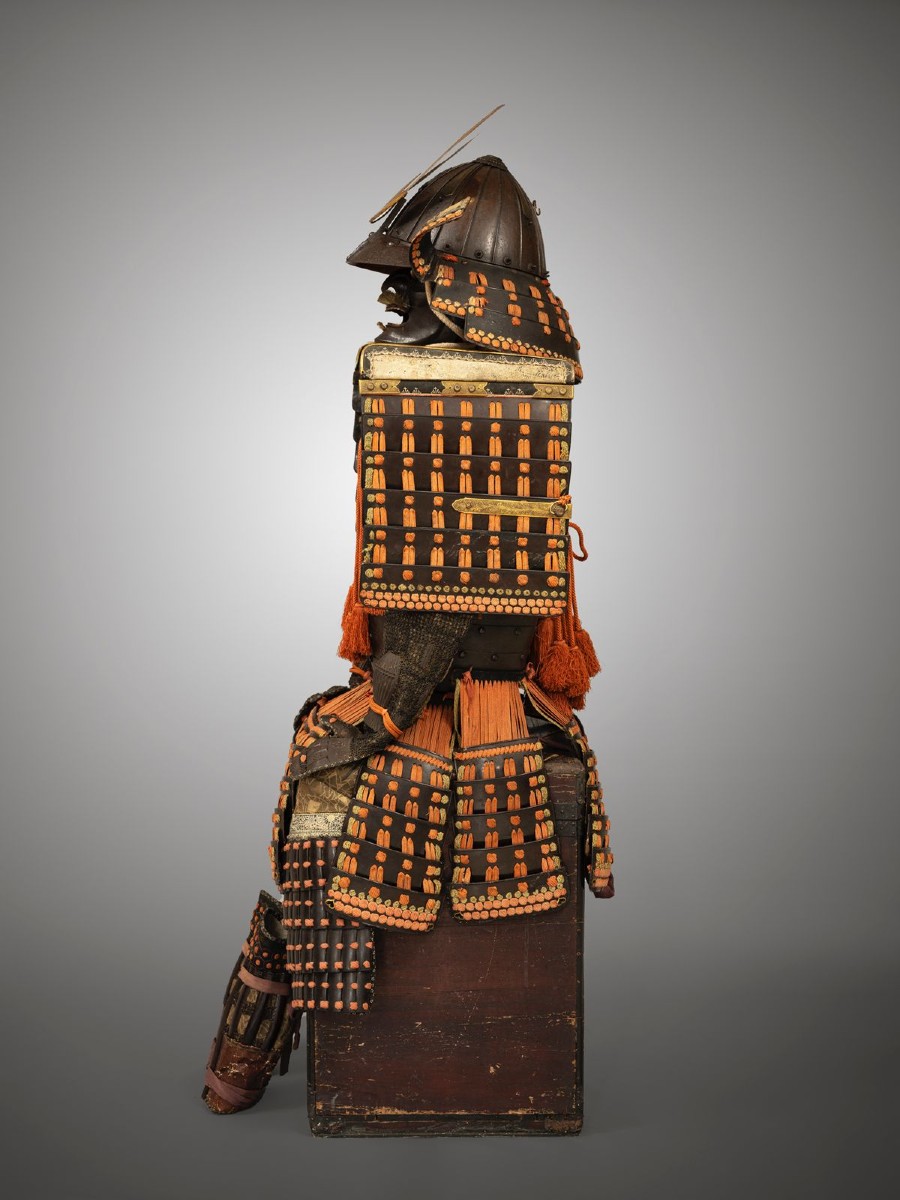

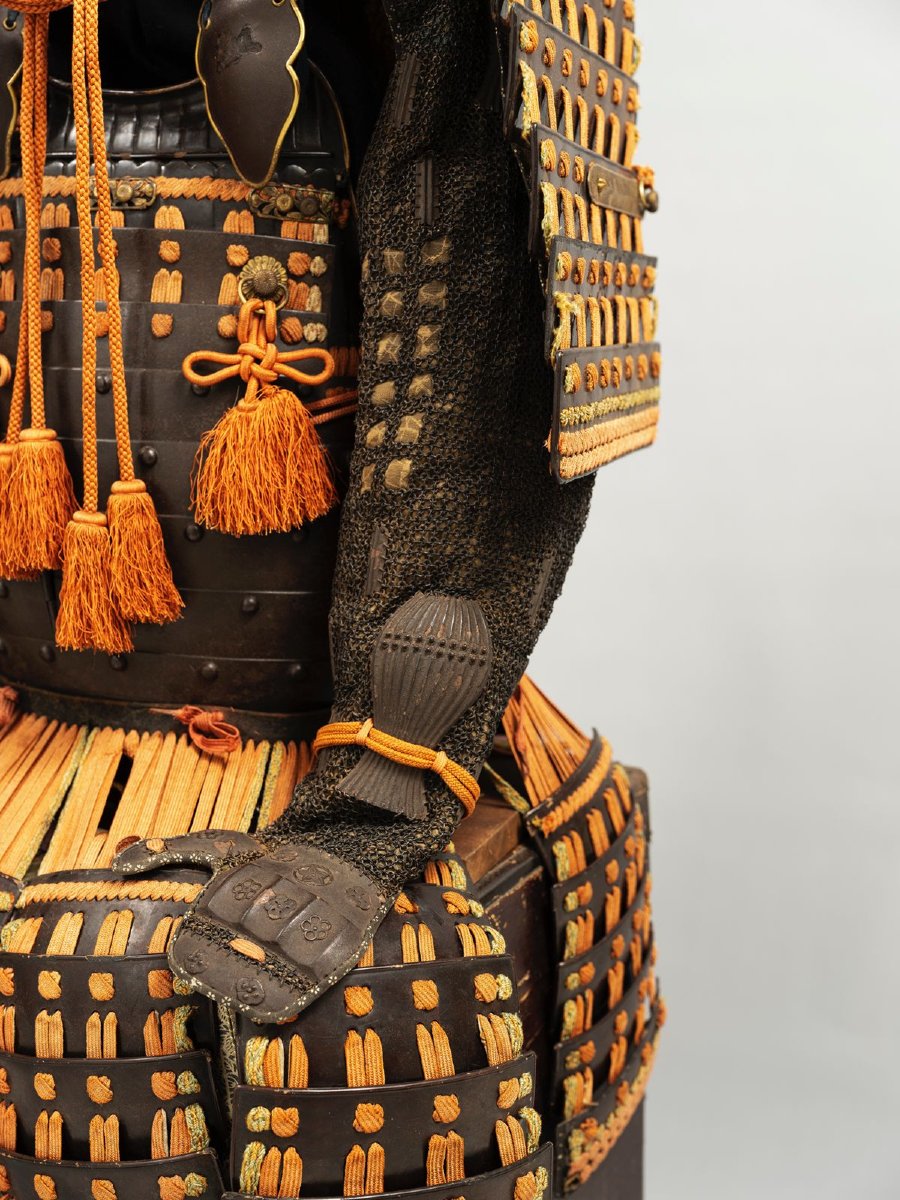
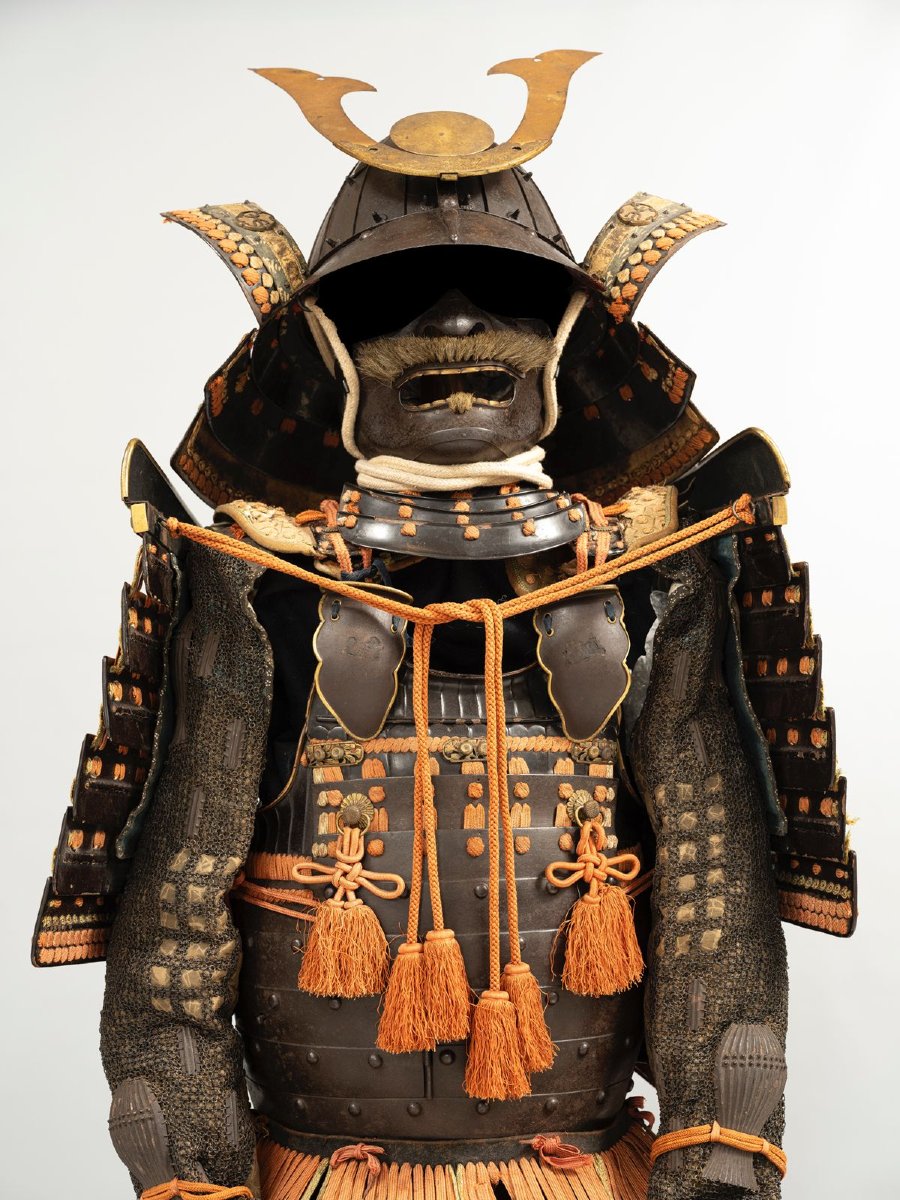
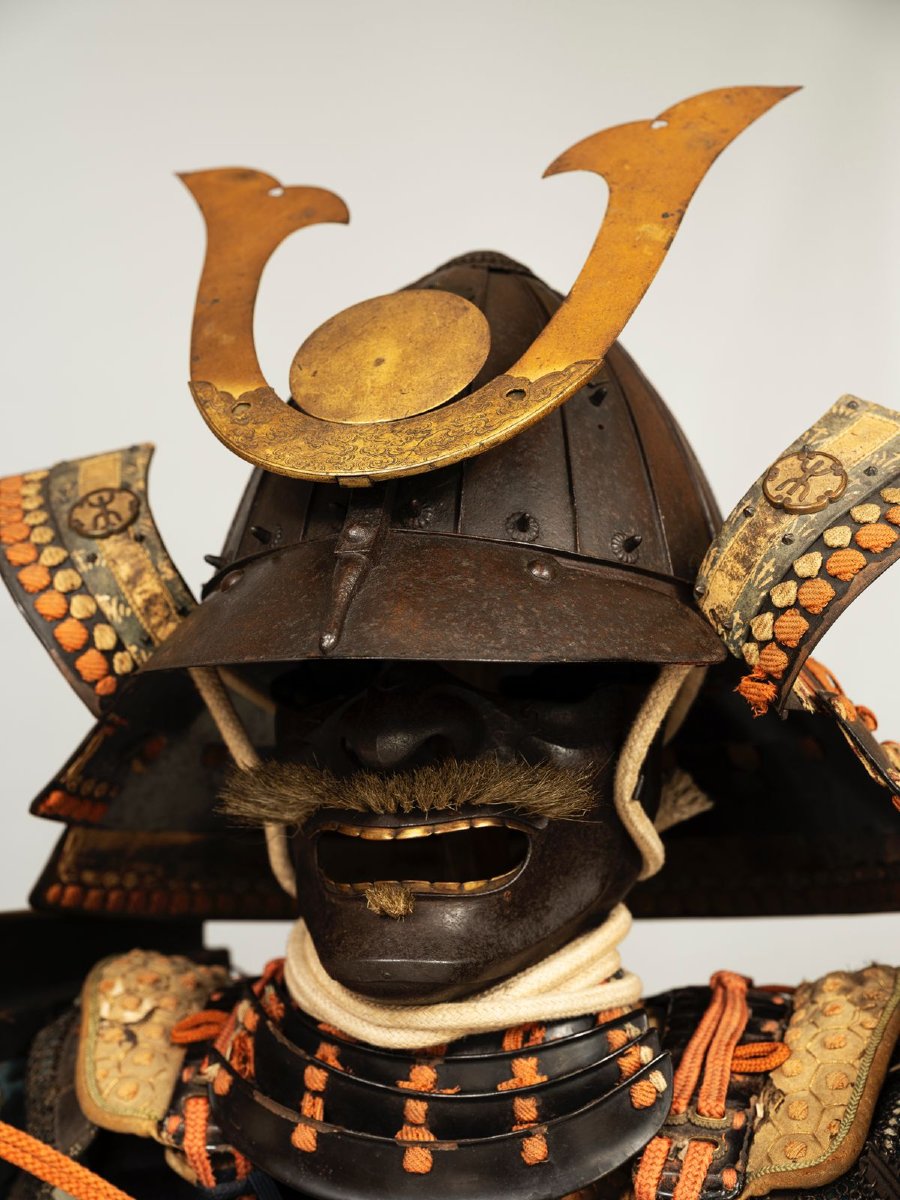
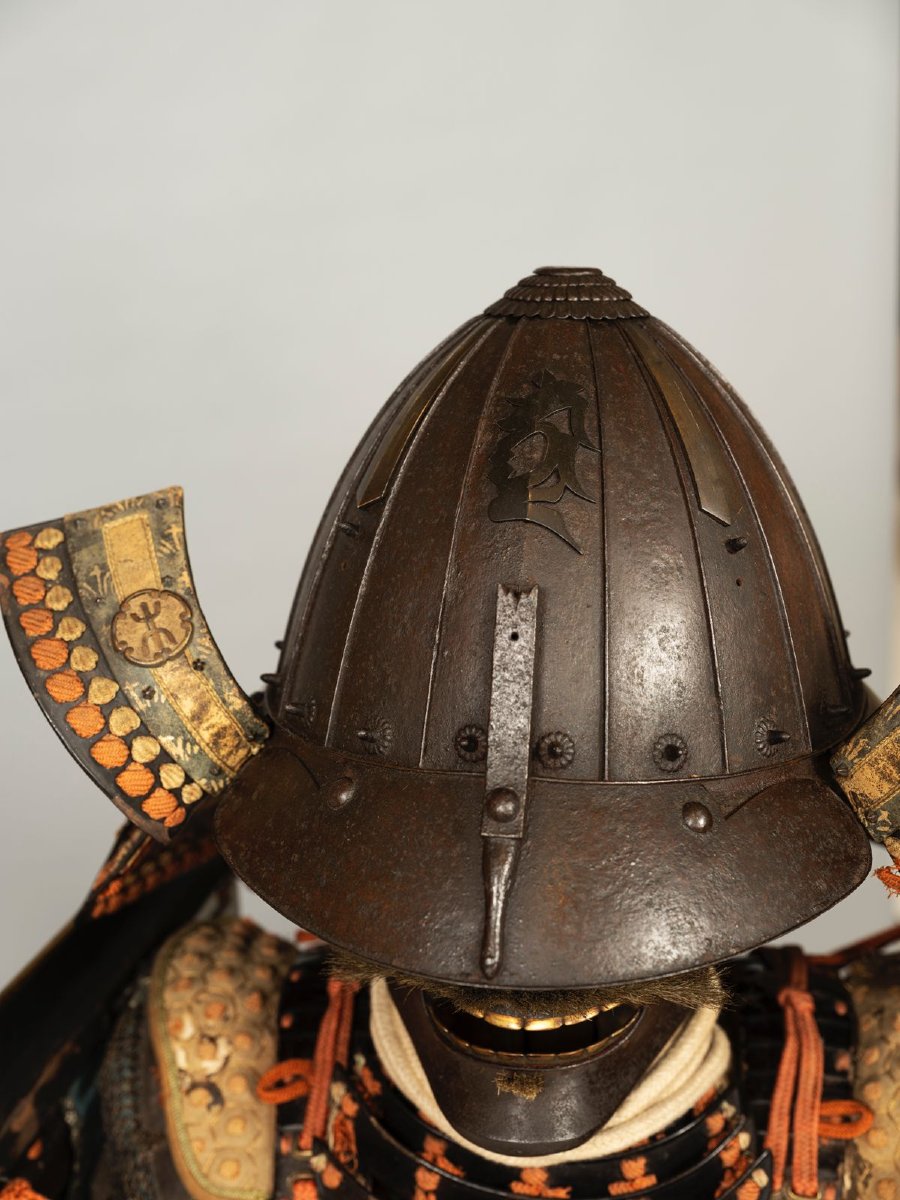
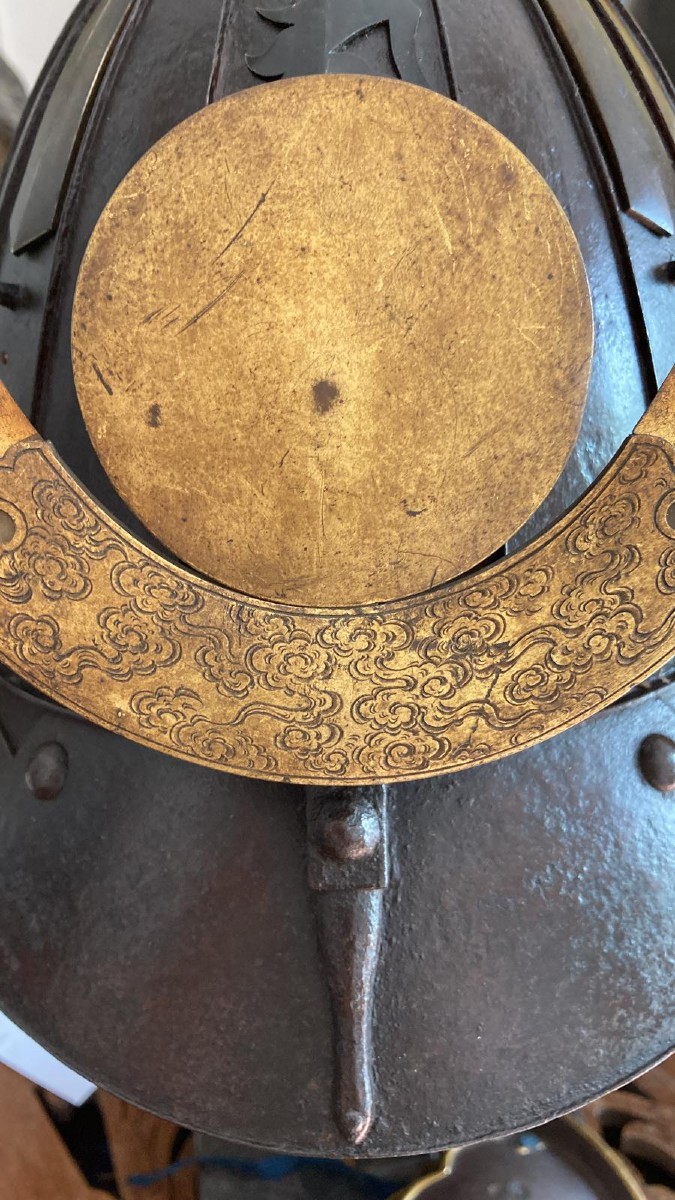
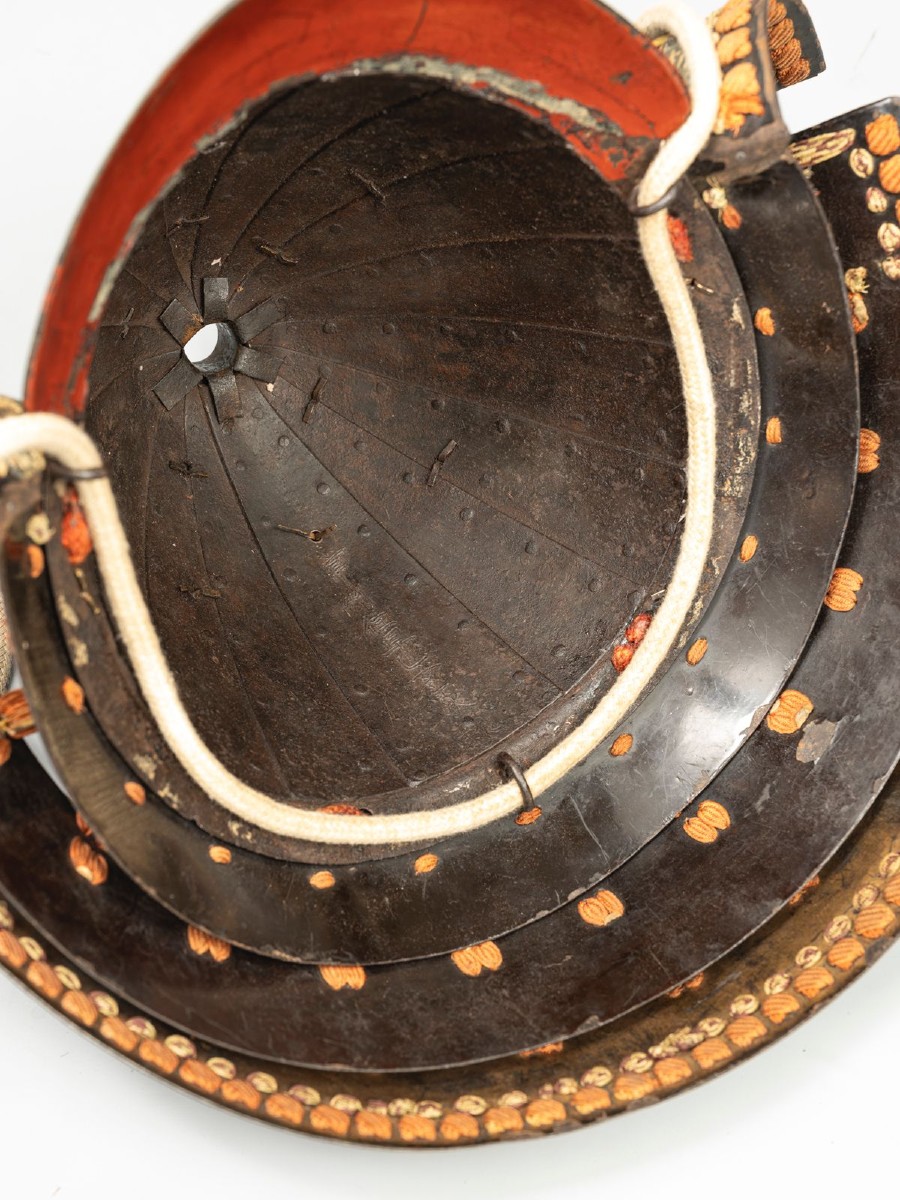












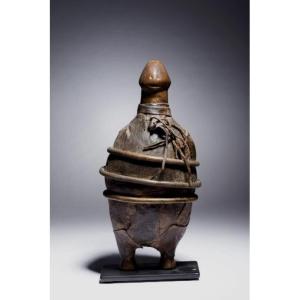
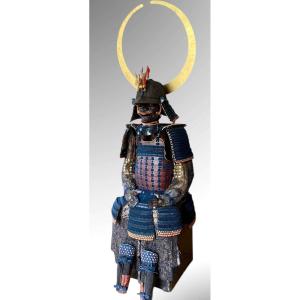

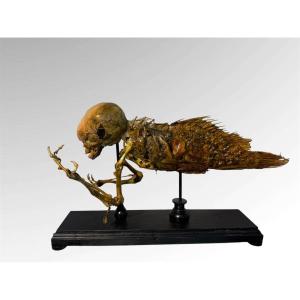
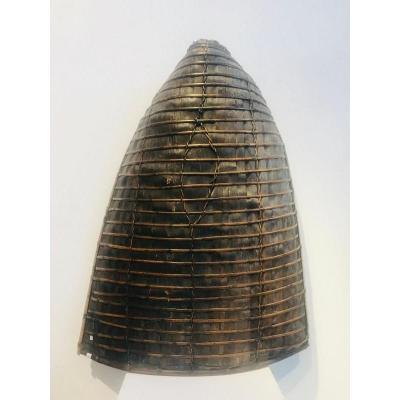


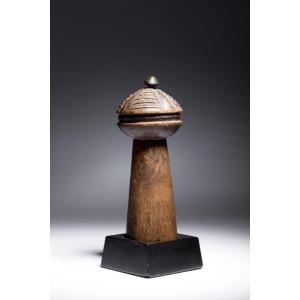
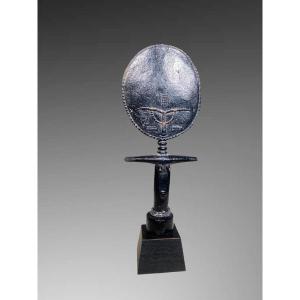
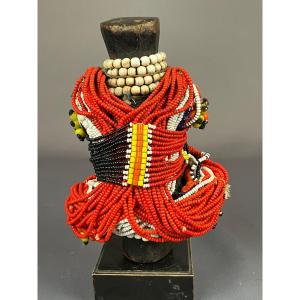


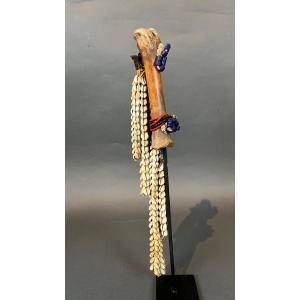



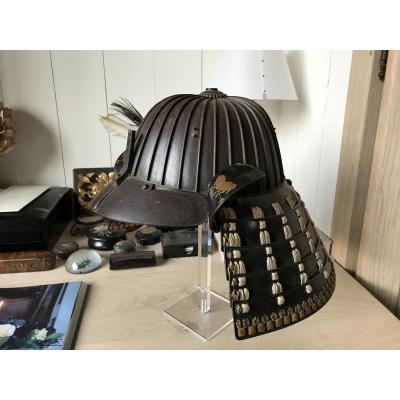
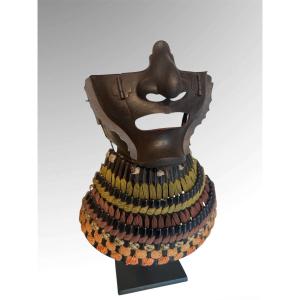
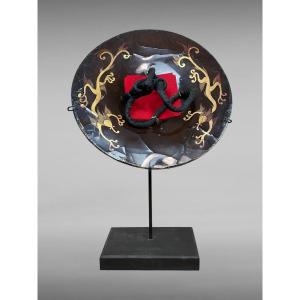
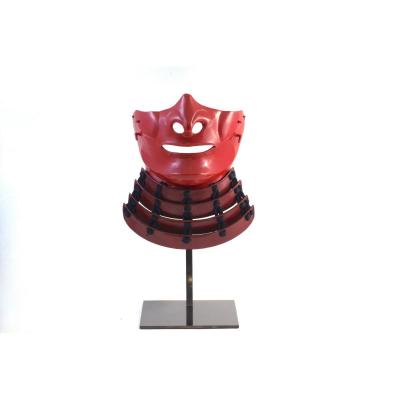



 Le Magazine de PROANTIC
Le Magazine de PROANTIC TRÉSORS Magazine
TRÉSORS Magazine Rivista Artiquariato
Rivista Artiquariato